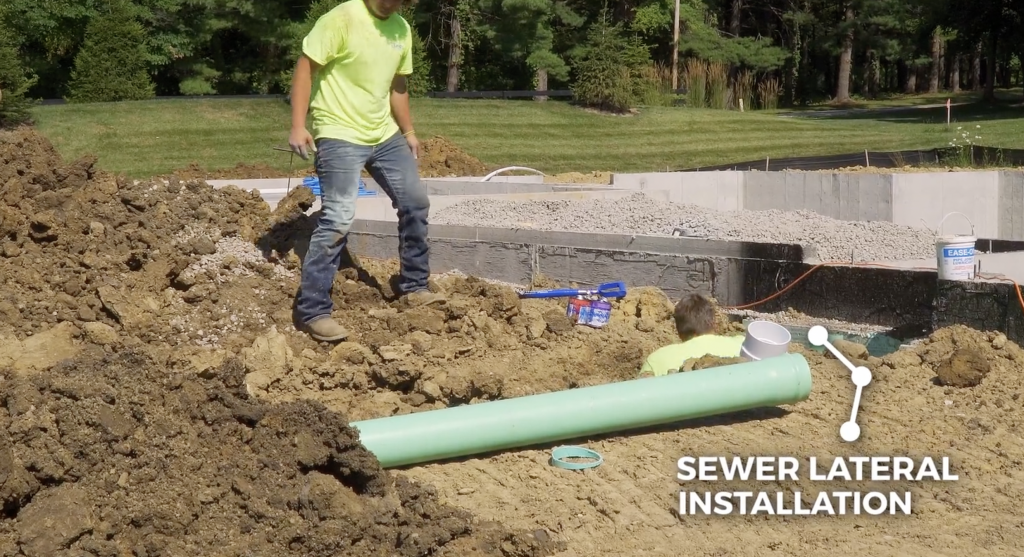Septic Systems
Quality Installation & Service

Experience Matters for Septic System Work
Properties that use septic systems often benefit from having a reliable, cost-effective process for managing wastewater. Let us analyze your site to find the correct solution for your setup. We offer consults, installations, and repairs on all types of septic systems:
- Gravity / Conventional Systems
- Dosing Systems
- Mound Systems
- Presby Systems
- ATL Systems
Septic systems require specific depth and slope measurements for safe soil absorption and effective wastewater management. Of course, your location may have other unique challenges. That’s where our expertise can help. You simply can’t afford to have anything but exceptional service, and that’s exactly what we aim to deliver.
Septic systems are used when city sewer is not available, mostly in rural areas. The septic tanks are designed to separate the solid waste from liquid waste. In the tank, solid, non-biodegradable material is held in the bottom of the tank. The biodegradable material and liquid are dispersed into a drain field and filtered naturally. There are many different types of septic systems; some examples are listed below. All systems have a septic tank and a distribution box; some have a dosing tank with a pump. It is how the waste water is returned that makes them different. When installing a septic system, the first step is to have a soil test done. The test results are then sent to the local health department. They will determine what system is needed and send a requirement letter. Lunar will then take the information from that letter and design the septic system. We will then submit drawing and permit applications to the health depart for a permit.
- A conventional system is set up with the septic tank, a distribution box and piping surrounded by gravel to filter the water back in to the ground. The gravel has aerobic bacteria to filter the water and help with natural absorption back into the ground water. This is your most basic system offered.
- A chamber system is very similar to the conventional. Instead of enclosed piping coming from the distribution box, there are open bottom chamber that allow liquid to flow straight into the ground. The soil also uses aerobic bacteria that filters the water before it reaches the ground water.
- A mound septic system is used when the ground water is too high. A mound is built to add more layers in between the waste water and the ground water. The lay out is similar to a conventional system. The waste water is sent through piping to be dispersed through holes into gravel, then sand and back down into the soil. This process allows the waste water to be filtered more prior to reaching the ground water.
- A sand filtration system is also referred to as an ATL or Presby system. This system set up closely resembles a conventional system, but the waste water is filtered differently. When the water leaves the septic tank, it is sent to a distribution box and then to the releasing pipes. A sand filtration system’s pipes are buried in sand that is above the natural soil. These pipes are wrapped with geotextiles to help filter the water prior to entering the ground. Once out of the pipes, the waste water continues to be filtered by the sand and soil before reaching the ground water.
- A recirculating system is exactly what it sounds like; it recirculates the waste water before releasing it into the ground. The water goes through the septic tank to the pump tank that leads to the filter system. The filter system consists of multiple pipes for even distribution, sand then gravel below, before returning to the natural soil. The pump sends the waste water to be released above the sand and filtered through the sand, the gravel and then is pushed back through the pump to repeat that process. The pump will send the filtered water down a different tube and release it into the soil to filter into the ground water below.
We understand how important it is that your project timelines are upheld. At Lunar, we work with you to make sure your water/sewer installations, and excavation needs are completed on-schedule. To learn more about our process, or to request a project estimate, please call or send us a message.
